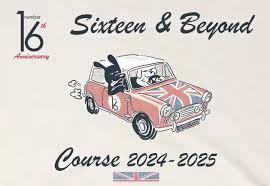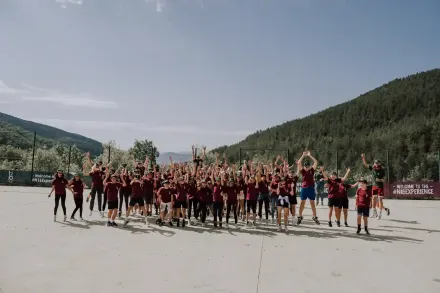HI! 😀 ¿Conocéis las claves para dar direcciones en inglés? Es una parte fundamental del idioma, sobre todo, si tienes pensado hacer un viaje al extranjero. En algún momento te tocará preguntar a alguien como se llega a algún sitio concreto y necesitarás saber todo este vocabulario que te vamos a explicar ahora sobre direcciones en inglés.
También te puede pasar al contrario, imagínate que vas por el centro de tu ciudad y se te acerca un turista para preguntarte por un lugar. En este caso serás tú el que le tenga que explicar las direcciones en inglés y que consiga llegar a su destino.
A continuación, te voy a explicar cómo dar direcciones en inglés y qué diferentes formas existen para que seas capaz de preguntar o dar indicaciones sobre cómo llegar a un sitio concreto.
Are you ready? Keep reading!🚀
¿CÓMO SE ESCRIBEN LAS DIRECCIONES EN INGLÉS?
En primer lugar, tienes que aprender el vocabulario y las expresiones más importantes. Por eso, recopilamos algunos de ellos para que veas cuáles son y cómo se pueden formular en una frase:
| Turn left/right: | Gira a la izquierda/derecha |
| Go straight ahead: | Sigue hacia delante |
| On the corner: | En la esquina |
| Cross over: | Cruza |
| In front of: | Delante de |
| Next to: | Al lado de |
| It’s near/far from: | Está cerca/lejos de |
| City centre: | el centro |
| The street: | la calle |
| The roundabout: | la rotonda o glorieta |
| The outskirts: | las afueras de la ciudad |
| The neighbourhood: | el barrio |
| The shopping centre: | el centro comercial |
| The library: | la biblioteca |
| The bus stop: | la parada del autobús |
| The train station: | la estación del tren |
| How do I get to…?: | Como llego a…? |
| Where abouts is the…?: | Por donde queda…? |
| Where is the…?: | Donde está…? |
Direcciones en inglés ejemplos
Los ejemplos son una buena forma de ver la mejor forma de indicar cómo llegar a un sitio en inglés en diferentes situaciones. Con los siguientes ejemplos puedes practicar y ponerte más en contexto:
- Turn left/right:
“You should turn left on the next street.”
“Turn right after the traffic lights.”
- Go straight ahead:
“It’s literally straight ahead, you can’t miss it.”
“If you go straight ahead, you’ll arrive.”
- On the corner:
“If I remember correctly, there’s a nice bar on the corner.”
“Should we meet on the corner of the street?”
- Cross over:
“Cross over the road before it’s too late.”
“You should cross over the bridge to get a better view.”
- In front of:
“Just wait for me in front of the shop.”
“Do you know if there’s a bus stop in front of the pharmacy.
- Next to:
“I live next to the library.”
“We should buy a house next to the school.”
- It’s near/far from:
“It’s near the train station, so we can walk there.”
“It’s far from the city centre so I’ll book a taxi.”
- How do I get to…?:
“Excuse me, how do I get to the train station?”
- Where abouts is the…?:
“Where abouts is the city centre?”
- Where is the…?:
“Where is the nearest bus stop from here?
Después de leer este post no tendréis ningún problema cuando se os acerque alguien para pediros una dirección y, mucho menos, si sois vosotros los que necesitáis indicaciones en un país extranjero. 😉
SEE YOU SOON 👀
Consejos para estudiar inglés en el extranjero
Descubre los beneficios y opciones para estudiar inglés en el extranjero, con consejos para elegir programas y prepararte para la experiencia
Ejercicios prácticos para aprender los condicionales en inglés
práctica condicionales ingles
SUMMER EXPERIENCE - CHECKLIST
Revisa el Checklist para la Summer Experience 2024 de Number 16




